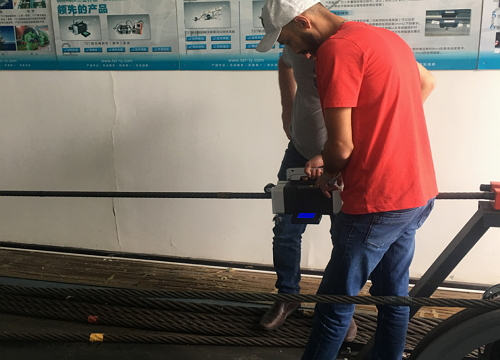
- HOME
- NEWS
- CASES
- INDUSTRIES
-
PRODUCTS
-
TST Portable Wire Rope Tester
-
TST Portable Elevator Wire Rope Tester
-
TST Online Elevator Wire Rope Tester
-
TST Wire Rope Online Automatic Inspection System
-
TST Online Wire Rope Monitoring System With AI visual recognition
-
Steel Core Conveyor Belt Intelligent Monitoring System
-
TST Steel Core Conveyor Belt Intelligent Monitoring System With AI visual recognition
-
Passenger Aerial Online Ropeway Intelligent Monitoring System
-
TST Passenger Aerial Online Ropeway Intelligent Monitoring System With AI visual recognition
-
- SERVICE
- ABOUT US
- CONTACT





